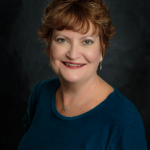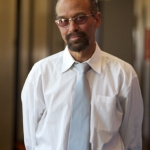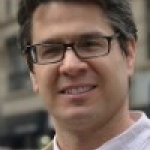
#artssowhite - How can arts education help build equity in the arts?
Posted by Feb 04, 2016

Oscar season is upon us and rather than debating who will win Best Picture or Best Actor/Actress, the debate has been how “white” the Oscars are. #oscarssowhite went viral and African American actors began to boycott. As a result, the Academy (which is 94% white) responded by making the bold move to change their composition to reflect more diversity.
The Oscar issue is reflective of a much larger issue across all sectors of the arts; lack of diversity. I just returned from the annual meeting of American’s for the Arts and all of their advisory councils. This issue was front-and-center over the three-day meeting, as it has become a top priority for AFTA. As I sat and looked around the room I could see why.
Read More

































